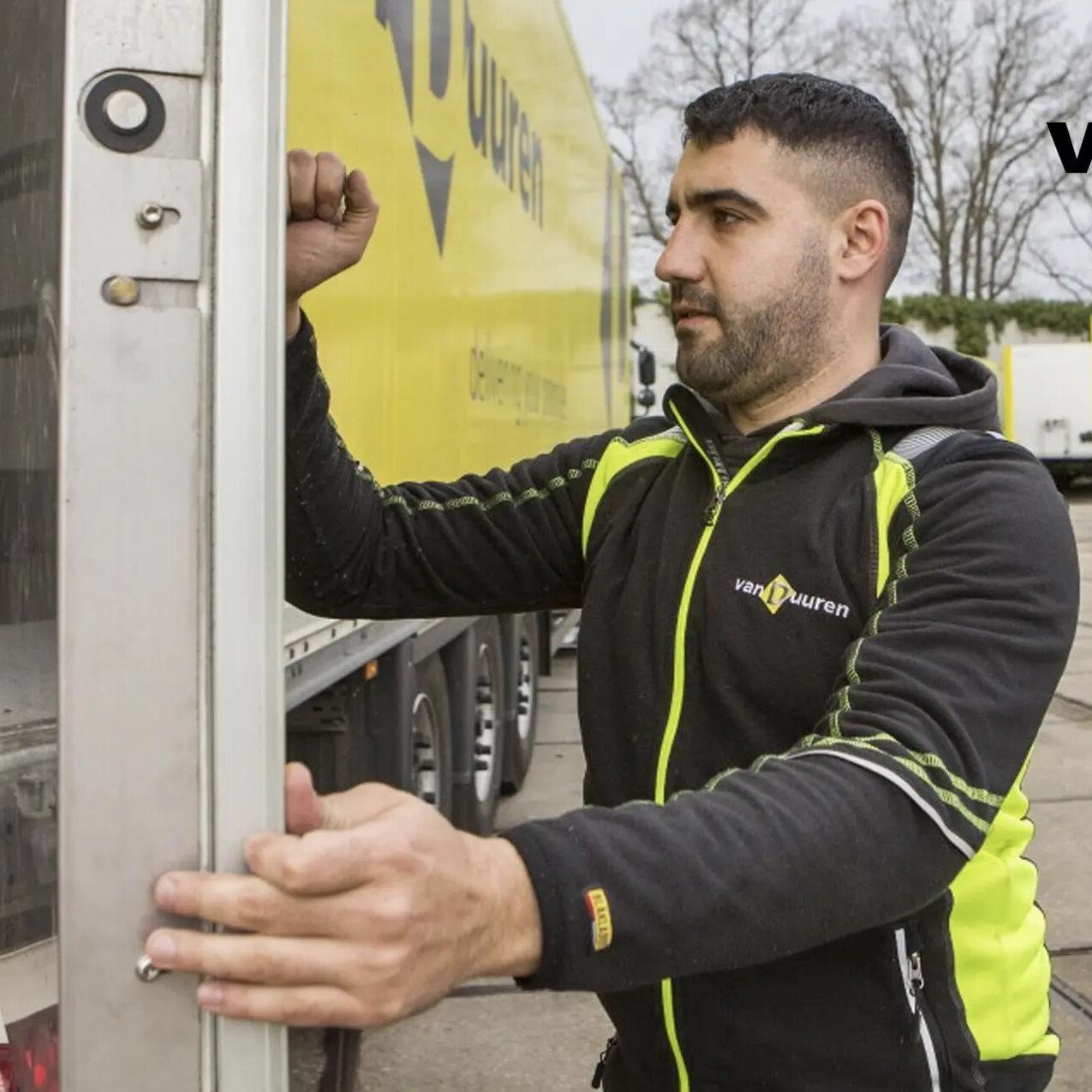S/4 HANA: This roadmap will get you started quickly, because doing nothing is not an option

Are you ready to switch to S/4 HANA? Support for SAP's non-HANA-based ERP software should actually end in 2025, but has been postponed to 2027. So there seems to be plenty of time in itself, but parties such as Gartner have already predicted that as the deadline approaches , the shortage of people with knowledge of the migration process is increasing. However, there are more reasons not to wait too long and to get started quickly.
S/4 HANA (the abbreviation stands for high-performance analytic appliance) is new in terms of structure and design. In addition, the introduction of new functionalities by SAP generally requires a HANA platform. Four years of preparation time may seem like a lot, but it is sometimes underestimated how much time a successful transition takes. HANA also requires a different infrastructure than traditional SAP ERP systems and also has an impact on technical management. Organizations sometimes adopt a wait-and-see attitude because the current environment is still adequate, they are hesitant about the costs or because they are afraid of the impact of change. Another reason could be that they have a lot of customization.
Why now is the ideal time to migrate to HANA
Doing nothing is no longer an option and that is not only because there will soon be no more consultants to be found.
- The competition has already left. According to SAP, 8,700 customers are already live and hundreds more are following suit every month.[1] As a result, they have access to real-time data and predictive business software.
- S/4 HANA improves business processes: steps are automated where possible. Due to the enormous speed of the in-memory database, performance increases significantly. Running reports and batch processing takes considerably less time.
- S/4 HANA simplifies the data landscape: the platform can bring together data from different sources.
- The new user interface (Fiori) offers more convenience and therefore contributes to increasing productivity.
A step-by-step approach makes it easy
Good preparation is half the job. SAP helps with this with the 'movement program' that consists of four steps:
- Choose a strategy.
- Creating a business case.
- Consider options.
- Choose a partner
Step 1 includes the question: 'what do I want to achieve?' For example: solving performance issues, improving customer experience, being prepared for innovations from SAP, or deploying new functionalities. Then the business case: 'how do I achieve the most efficient solution and what does it yield?'. Or: 'how much will we lose if we don't start (fast) enough?'
In addition, the choices to be made determine what the infrastructure and support will look like. SAP has tools to calculate the size of the desired solution. This determines the budget and the time required for the migration.
After that, it is wise to do a readiness check. Map out which data and customization you are currently using. Another question is whether all data should be transferred to the new environment. Customization can cause delays in the migration to S/4 or BW/4 HANA. It may not be necessary anymore because the desired functionality is already available in the new release. Perhaps the business process can now also be designed differently.
Choose the best migration method
The results of the check provide insight into the best migration method:
- Greenfield: a brand new, 'clean' implementation, in which the existing layout is not included.
- Brownfield: an upgrade of existing systems that allows limited use of the new functionality that S/4 HANA offers.
- Bluefield: a combination of the best elements of the above.
In addition, the question often arises whether you opt for S/4 HANA on-premise or in the cloud. OPEX versus CAPEX, own facilities, IT staff, security and business strategy are elements that are important to make the right choice.
Advantages of a (private) cloud
The major advantage of a cloud solution is the scalability and the fact that the provider takes care of a number of necessary components such as: hardware and software, management and maintenance. Of course, a cost-benefit comparison also applies here.
There is another aspect: security. For example, a party such as Microsoft has a billion-dollar budget for security and thousands of security experts who continuously track down threats in order to block or neutralize them. That level of security is not achievable for many organizations.
Speaking of security, the migration to S/4 HANA is an excellent time to re-examine the protection of your business-critical data. Combine this change in the application landscape with optimizing things such as access to certain data and technical or organizational measures, in the context of standards such as ISO27001 or NEN7510.
Final step: partnerkeuze
A good partner has experience in the field of required infrastructure capacity and how this can be brought into line with the requirements of the application supplier. In addition, there is knowledge of cyber prevention (think of the possibilities of encryption, authorization and multi-factor authentication) and of recovery in the unlikely event that things go wrong. In addition, such a partner has all the knowledge and experience necessary to successfully complete the technical part of migration processes. Also think of help with IT issues as part of business continuity. Finally, such a partner can unburden you in terms of management and maintenance.
BPSOLUTIONS, a party that has a positive track record in supporting organizations, makes the transition smooth and helps you get the most out of S/4 HANA. Our team is one of the most successful implementation teams for SAP HANA infrastructures in Europe.
With BPSOLUTIONS you can also purchase SAP HANA fully managed. Any disruptions are then detected early so that downtime is kept to a minimum. We keep our finger on the pulse 24/7 with various monitoring tools. We also keep S/4 HANA future-proof by always implementing the right patches and updates.
Would you like to know more about the transition to SAP HANA? Download the white paper 'The right cloud solution for S/4 HANA' or contact Louis Joosse without obligation (T. 030-3032900 or E. info@bpsolutions.com).
Want to make your world a little smarter?
Get in contact with Christiaan Driessen and we will reach out to you.
Related Articles
Overstappen van VMware by Broadcom: noodzaak of kans?
30/10/2025
BPSOLUTIONS & Illumio: Samen voor Zero Trust Security
30/10/2025
Microsoft licenties veranderen: stap slim over en bespaar tot 13%
30/10/2025
Cyberaanval! Ben jij er klaar voor?
1/04/2025
Cybersecurity & Continuïteit: Isolated Recovery Environment as a Service
27/03/2025
Cybersecurity & Continuïteit: BaaS alleen is niet genoeg
25/03/2025
Cyberaanval? De impact is groter dan je denkt
23/03/2025








.png)



